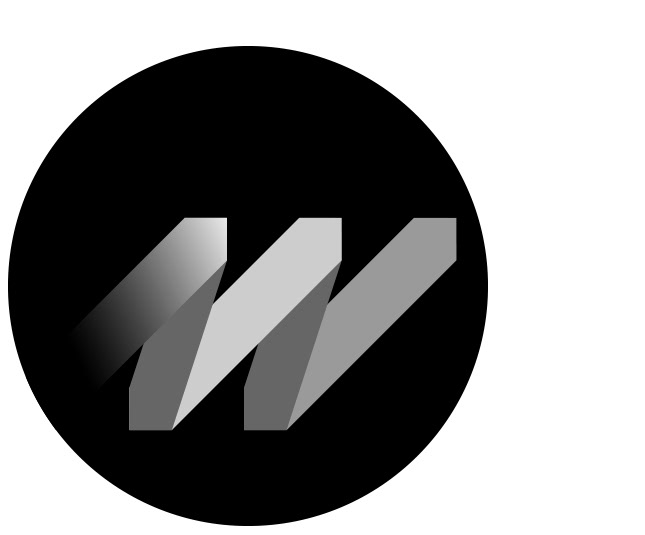APPROACH
The biggest challenge in creating an interface for kids is understanding their limitations while ignoring trends and clichés for what appeals to kids.
The demographic range for the app is for kids from about 3 to 14 year olds, with a median age of 9 years old. The limitations between those ages is enormous. Most 3 year olds can't read. While many 8 year olds can read that doesn’t mean they can type, as typing on a keyboard requires higher level of hand to brain coordination than writing on a page. Thus the UI had to be very visual and any use of text was secondary to the overall communication goal.
Icons
The highly visual nature of the Kids interface required creating navigational elements that were not only clearly understood but also playful and fun.
Exploration
Adults are terrified of doing something wrong. Any button they tap might Tweet their Social Security number to all the criminals everywhere and suddenly they'll find themselves wrongly imprisoned for embezzling millions of dollars from Arby’s.
First experience
The first few screens that kids encounter lead them to things they have to do, like see new chores, rewards, or monsters that they have since the last time they logged in. Everything has to be heavily visual, not only because kids might not be able to read, but also to limit the amount of content that needs to be translated.
Chores
Kids hate chores. Honestly, everyone does. While we all like to believe that our kids ought to do something because we ask them to, even we as adults don't do things just because someone asks. You do something, you get something; whether it’s money for a job, or relaxation after exercise, or gifts for surviving another year. By adding a “gaming“ element to the tasks kids become more receptive and ready to help around the house.
This is an actual child doing actual chores. No seriously. The app works. I know, it surprises me too. This image is a still from the commercial we ran on DirecTV.
Rewards
The entire premise of ChoreMonster is to incentivize kids to complete household chores. Based on the scientific brain process of neural incentive salience and positive reinforcement to create a habit. Since each completed chore has a point value, parents then assign points values to rewards so that kids can earn things they want — which goes beyond just giving them cash (because money has no intrinsic value to kids until their about 12 years old). Through our process not only do kids really want to do chores but they also learn the subtly of counting, saving and basic money management skills. Seriously, I cannot stress how important it is to kids that they feel like they contribute to the family, so letting them earn things they already have or do; like watching TV or playing games or eating ice cream, propels positive behavior change.
One of the favorite rewards for kids is watching a family movie. It looks like they‘re watching Silence Of The Lambs. But hey, who am I to judge, I took my 4 month old daughter to a theater so I could watch The Matrix.
Monster Gallery
Every monster that a child earns or can ”buy“ is found in the Monster gallery. I needed to create a simple and quickly understood system that allowed children to know at a glance which monsters they could buy; based on their available tickets through a status bar, as well as a lock and unlock icon system. Any monster they tap on further reinforces that information either informing the child how many more tickets they need in order to buy a monster, or to buy that monster now, or to view the monster — where they can tap and see an animation, scroll to see their biography, or save the monster to their photo gallery.
Carnival
When we initiated launched the Kids app the carnival wheel was the only way for kids to get monsters. Each ticket they earned gives them a spin on the wheel and a chance to win a monster or a silly consolation prize, like a jar of farts.
Many kids like the consolation prizes as much as they do the monsters. Who doesn’t love a jar of farts, a bowl full of rocks, or a bag of hammers? I had always wanted the app to store all the consolation prizes as well as the monsters, sadly it never happened.
Monster Theater
After our time in the TechStars Disney Accelerator in 2014 we began to create short cartoons. The goal was to build our in-app economy of the ticket system. We wanted to increase the awareness of our brand and monsters, but also retain the attention of kids beyond just completing chores.
This is the first short we created. It's available for free to all kids. Our lead animator and background artists began to establish a style based on my direction.
Nintendo 3Ds
In an effort to be on other platforms that kids use, we adapted the Kids interface for the Nintendo 3Ds. Among the many challenges was splitting the UI for two different but unified screens. The top part of the screen is a display of information and the bottom screen is for interaction. Other limitations and challenges included the limited graphic specifications, typeface and type range, and coding issues. Ultimately the product was never of the quality we wanted and was never released.
